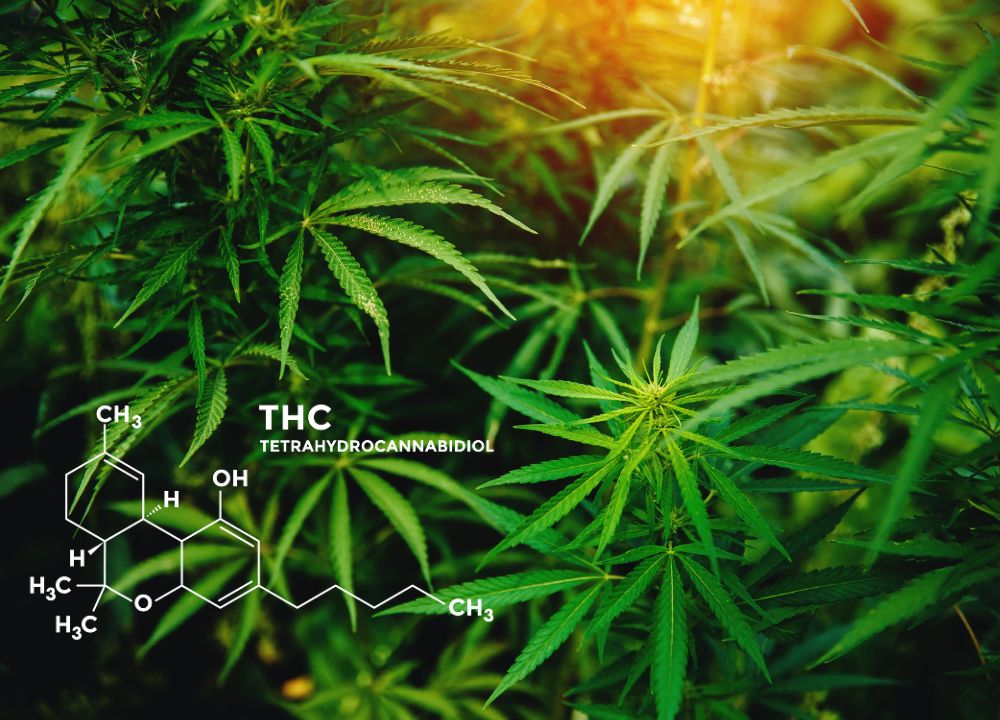Hemp terpenes, aromatic compounds found in hemp plants, play a crucial role in the overall therapeutic effects and sensory experience of hemp-derived products. These organic compounds contribute not only to the distinctive aroma and flavor of hemp but also to its potential health benefits.
How They Interact
Terpenes are synthesized in the resin glands of hemp plants, where they serve as a defense mechanism against pests and environmental stressors. However, beyond their protective function, terpenes also interact synergistically with other compounds in hemp, such as the cannabinoids CBD and THC, in what is known as the “entourage effect.” This phenomenon suggests that terpenes enhance the therapeutic effects of cannabinoids by modulating their activity in the body.
Strain Differences
Each hemp strain contains a unique profile of terpenes, which gives rise to its distinct aroma and flavor profile. Some common terpenes found in hemp include myrcene, pinene, limonene, and beta-caryophyllene, each with its own set of potential health benefits. For example, myrcene is believed to possess sedative properties, while limonene is thought to have mood-enhancing effects. There are terpenes to suit everyone’s personal preferences and trying many is a great way to find your favorites.
Hemp terpenes are aromatic compounds found in hemp plants that contribute to the distinctive aroma, flavor, and potential health benefits of hemp-derived products. As our understanding of terpenes continues to evolve, so too does their importance in the development of innovative and effective hemp-based therapies. These qualities support the hemp terpene benefits you will feel.

